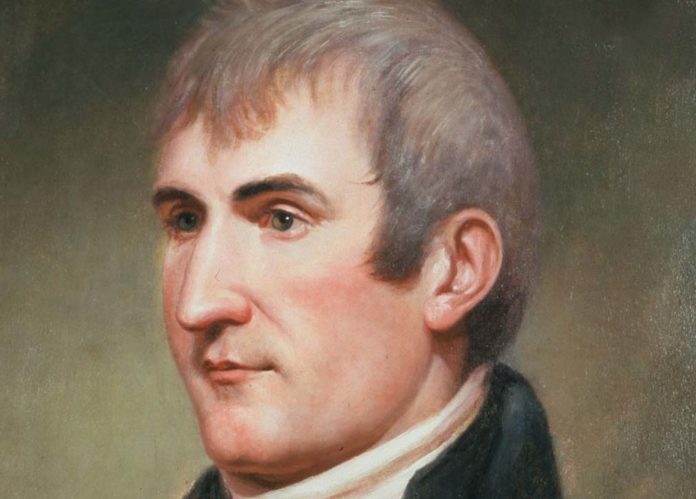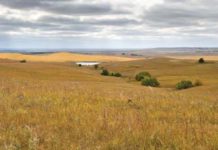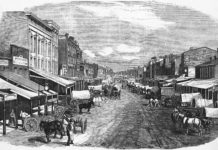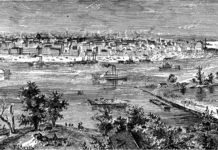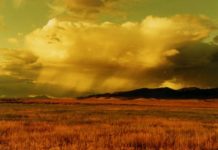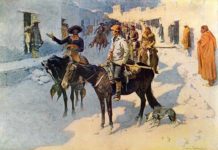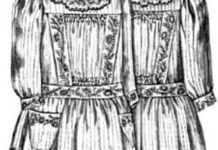On May 20, 1804 Captain Meriwether Lewis wrote in his journal that he was on his way. He was referring to the Lewis and Clark Expedition to the Far West. Still in Missouri on the 23rd they had passed Boone’s Settlement which was founded by Daniel Boone. Later in the day they reached Tavern Cave near present-day St. Albans. Two days later they arrived at La Charette, a village occupied by seven French families. This was the last town the expedition would see, or so they thought. Unknown to them at the time, there were many towns scattered across the plains. They would be the strangest towns these men would ever see, the inhabitants stranger yet.
All along the group had been amused by a Frenchman in their party who had been telling them of some unusual creatures the French called “les petits chiens.” This fellow had entertained them by giving nightly imitations of the “little dogs.” Then in mid September, above the mouth of the Niobrara River, came word from one of their scouts. There was a town up ahead.
After a walk of some forty or fifty feet from the river a faint chirping bark could be heard. A little further on, covering an area of several acres, was their first view of a prairie dog town. The entire area was dotted with dirt mounds about a foot high, each appearing to have a hole in the top, and spaced about ten to thirty feet apart. The inhabitants seemed to number in the hundreds. It could only be guessed at the population remaining in the many burrows.
These black-tailed dogs of the prairie are not the only inhabitants of their towns or the surrounding area. Unusual as it may seem at first, the buffalo are one of their nearest neighbors. The prairie dog’s favorite site for building is in areas heavily grazed by buffalo. In these areas the taller grasses have been thinned out and the range is largely taken over by buffalo grass and gramas, giving the prairie dog its favored condition for construction. In turn, the buffalo enjoy the bare, dusty areas to wallow in. The burrows are often jointly occupied by small long-legged owls that nest underground in the tunnels. Though not welcomed by the prairie dog, bullsnakes and prairie rattlers often take up residence in the towns, also.
Often the tunnels of a prairie dog town have prevented flooding on the plains. As the main tunnels may go down steeply for ten feet or more they can hold a considerable amount of water. This was a fact that, after considerable effort, dawned upon Meriwether Lewis. He was determined that one of the little dogs would be caught and sent back to the states to President Thomas Jefferson. His men spent several hours trying to capture one of the frisky creatures before they were instructed to start digging. Having excavated to a depth of six feet one of the men ran a pole down into the burrow, and never reached bottom. When someone commented that if they dug any further they’d strike water, Lewis got a grand idea. They would flush the dog out!
Using every bucket and kettle they possessed the men formed a bucket brigade from the prairie dog town to the river. After the equivalent of five for six barrels of water had been dumped into the hole a tiny head appeared. Now Lewis had his prairie dog to send home to the president.


